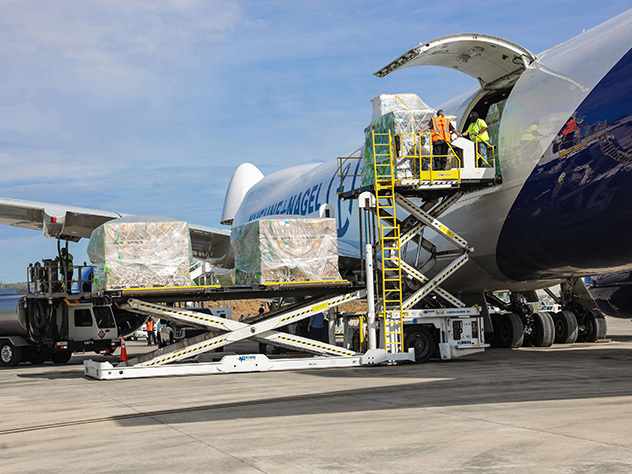Air transportation plays a crucial role in the global supply chain, especially when it comes to shipping goods quickly and efficiently across long distances. With airlines transporting over 52 million metric tons of goods annually, representing more than 35% of global trade by value, air cargo is a vital component of international commerce. Despite accounting for less than 1% of world trade by volume, the value of goods transported by air amounts to a staggering $6.8 trillion annually.
Impact of COVID-19 on Air Cargo Industry
The air cargo industry, like many others, faced significant challenges due to the COVID-19 pandemic. In 2020, available cargo tonne-kilometers fell industry-wide by 21.4% year-on-year as travel restrictions and reduced demand disrupted operations. However, by the end of the year, cargo tonne-kilometers had nearly returned to pre-pandemic levels, showcasing the resilience of the industry.
Certified Home Care Programs
Cargo Handling in Air Transport
Cargo handling is a critical segment of the supply chain that involves processing goods from the point of origin to their final destination. The Cargo Master Operating Plan (MOP) outlines key processes and sub-processes involved in transporting air cargo systematically and harmoniously. It comprises 19 main processes and 78 sub-processes categorized into five activities to ensure compliance with regulations and safe delivery of shipments.

Key Steps in Cargo Handling Process
- Booking and Planning Shipments: Proper planning is essential for smooth booking and shipment execution.
- Receiving and Accepting Cargo: A multi-step process involving various stakeholders such as trucking companies and ground handling service providers.
- Ensuring Safety: Clear labeling, suitable packaging, and protection measures are crucial throughout the shipment process.
- Preparing Air Cargo for Flight: Security checks, transit cargo handling, build-up planning, and ramp safety protocols are essential before loading.
- Loading Aircraft: Following IATA guidelines for aircraft loading, including special cargo arrangements and manifest updates.
- Unloading Air Cargo: Compliance with rules and regulations during unloading to maintain safety standards.
- Final Delivery: Transfer to freight forwarder hubs for unloading, checking, dispatching to consignees, and delivery to customers.
Significance of IATA Cargo Handling Manual (ICHM)
The IATA Cargo Handling Manual (ICHM) provides airline stakeholders with recommended practices for efficient cargo handling from shipper to consignee. With 19 chapters aligned with the MOP and up-to-date regulations, the manual ensures compliance with industry standards while streamlining operations across different airlines.
In conclusion, air transportation is a vital link in the global supply chain, facilitating rapid movement of goods across borders. Effective cargo handling processes outlined in the MOP and supported by manuals like ICHM are essential for ensuring safe, secure, and compliant air cargo operations.
Top 3 Authoritative Sources Used:
- International Air Transport Association (IATA)
- Airports Council International (ACI)
- World Trade Organization (WTO)
These sources provide comprehensive insights into air transportation trends, industry guidelines, and global trade dynamics that shape the air cargo sector’s landscape.

